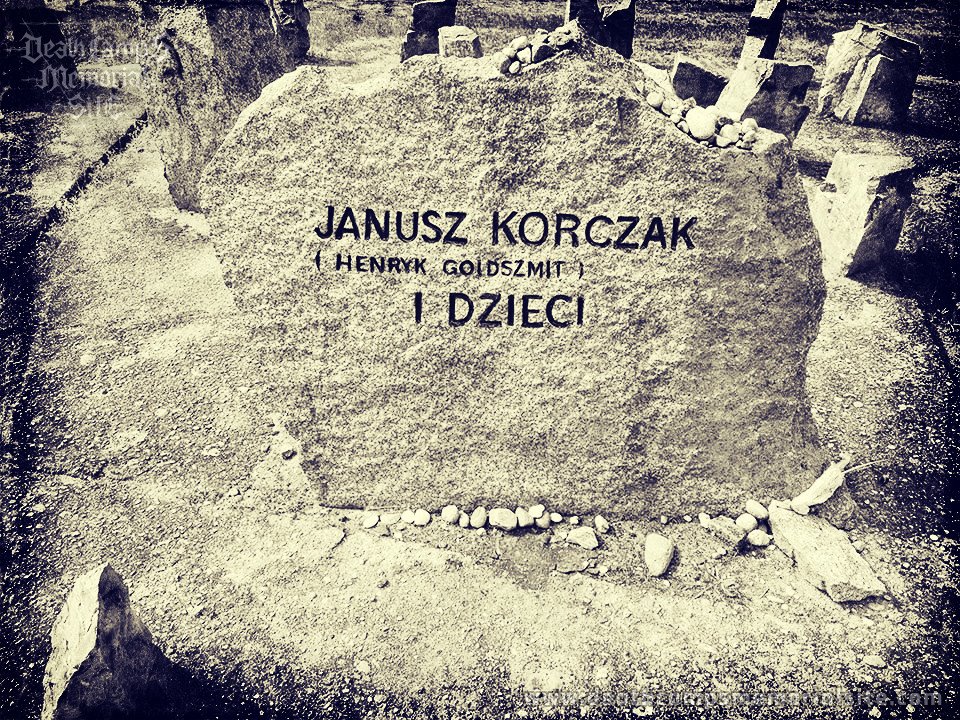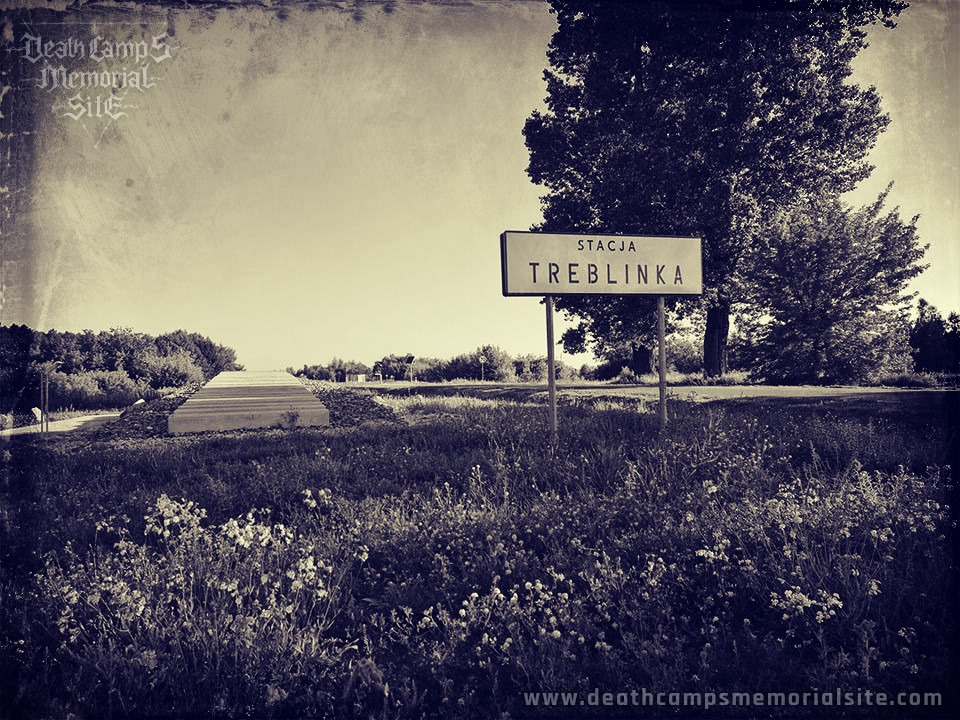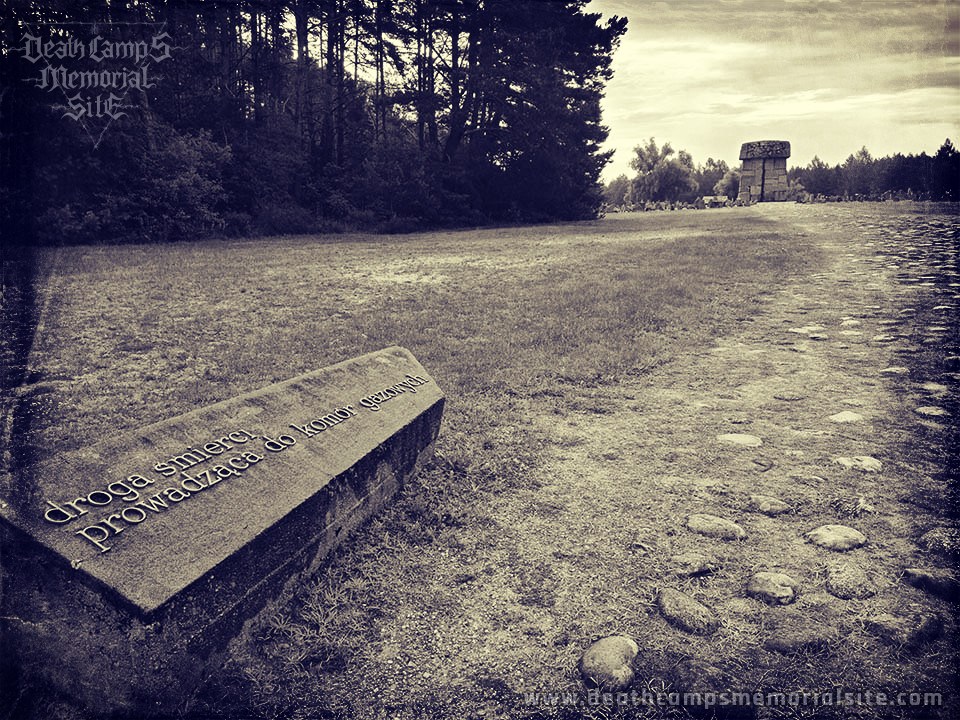Deportation and death of Janusz Korczak
At the beginning of August 1942, as part of the great action "resettlement to the east", the Orphans' Home in the Warsaw Ghetto was liquidated. On August 6, 1942, about 200 children, along with their guardian, Janusz Korczak, and the employees of the Orphans' Home, were sent to death in the German extermination camp in Treblinka.
Janusz Korczak (actually Henryk Goldszmit; 1878 or 79 - 1942) - Polish teacher, journalist, writer and doctor. In 1912, together with Stefania Wilczyńska, he founded an orphanage in Warsaw and ran the facility until the end of his days.
In October 1941, he was sent to a Warsaw prison in Pawiak for several weeks. The reason was the lack of an armband with the Star of David. After returning to the ghetto, despite the very difficult conditions (diseases, overpopulation, lack of food, and his illnesses), he and his associates ran the orphanage at Sienna Street.
After the expulsion, Janusz Korczak with a group of about 200 children and, among others, with Stefania Wilczyńska went to the so-called Umschlagplatz (reloading ramp), from where transports departed "to the east", including to the death camp in Treblinka.
Nechum Remba - an eyewitness to this event recalled it with the following words: “All the children were arranged in fours, at the head there went Korczak, with his eyes turned upwards, holding two children by the hands and leading the procession. The second group was led by Stefania Wilczyńska, the third one by Broniatowska (her children had blue backpacks), and the fourth one by Szternfeld from the boarding school on Twarda Street. These were the first Jewish groups to go to death with dignity. (...) Even the Order Service stood to attention and saluted. When the Germans saw Korczak, they asked: Who is this man?”
Shortly after arriving in Treblinka, the children and their guardians were sent to death in the gas chamber. Depending on the sources, this event took place on August 6 or 7.
There are assumptions that Janusz Korczak most likely died in a cattle car on the way to Treblinka. We will never find out, but given that Korczak was seriously ill at the end of his life, inhuman conditions of transport, a very warm summer of 1942, such a situation could have happened. During this period, 2-3 transports a day arrived at the camps. One transport often consisted of 60 carriages, which were divided into fragments of 20. Such a number of prisoners were brought into the camp area to the reception area, while the rest of the transport waited locked in carriages on the railway siding. Janusz Korczak remained faithful to his calling and to the children with whom he went on his last journey.
In 1978, a stone dedicated to Janusz Korczak and his pupils was unveiled on the premises of the museum in Treblinka. The stone with the inscription: JANUSZ KORCZAK (Henryk Goldszmit) AND CHILDREN is the only stone with a name and surname among seventeen thousand stones in the symbolic cemetery in Treblinka.
Camp Treblinka II was the largest extermination center in the General Government, and the second, after Auschwitz-Birkenau, in occupied Europe. It functioned from July 1942 to August 1943 - the number of victims is not possible to determine, but the range is about 800,000 to even 1,000,000.


